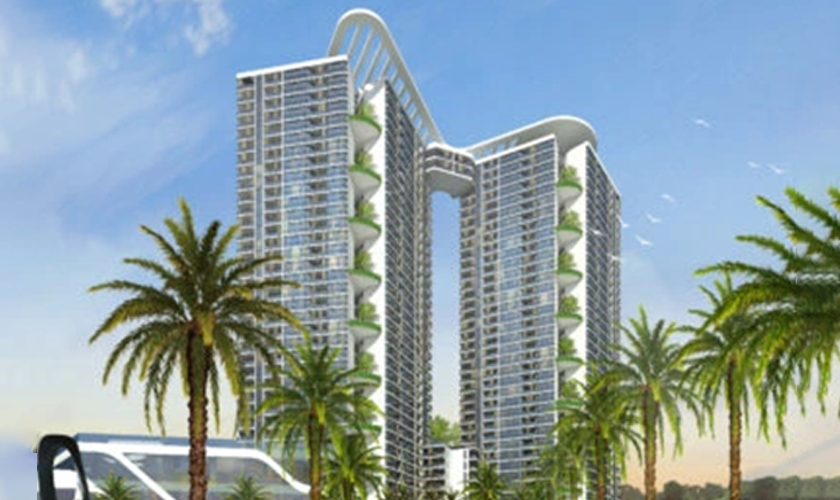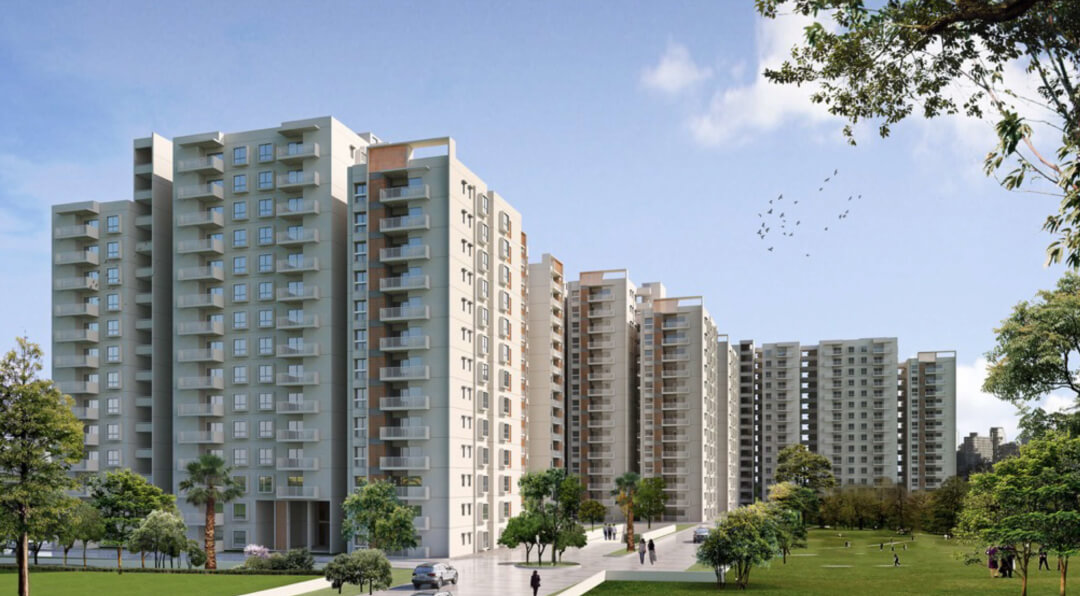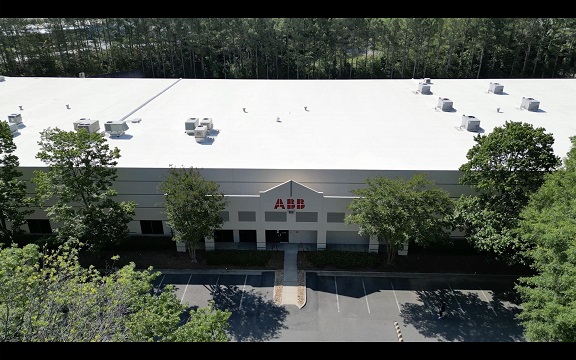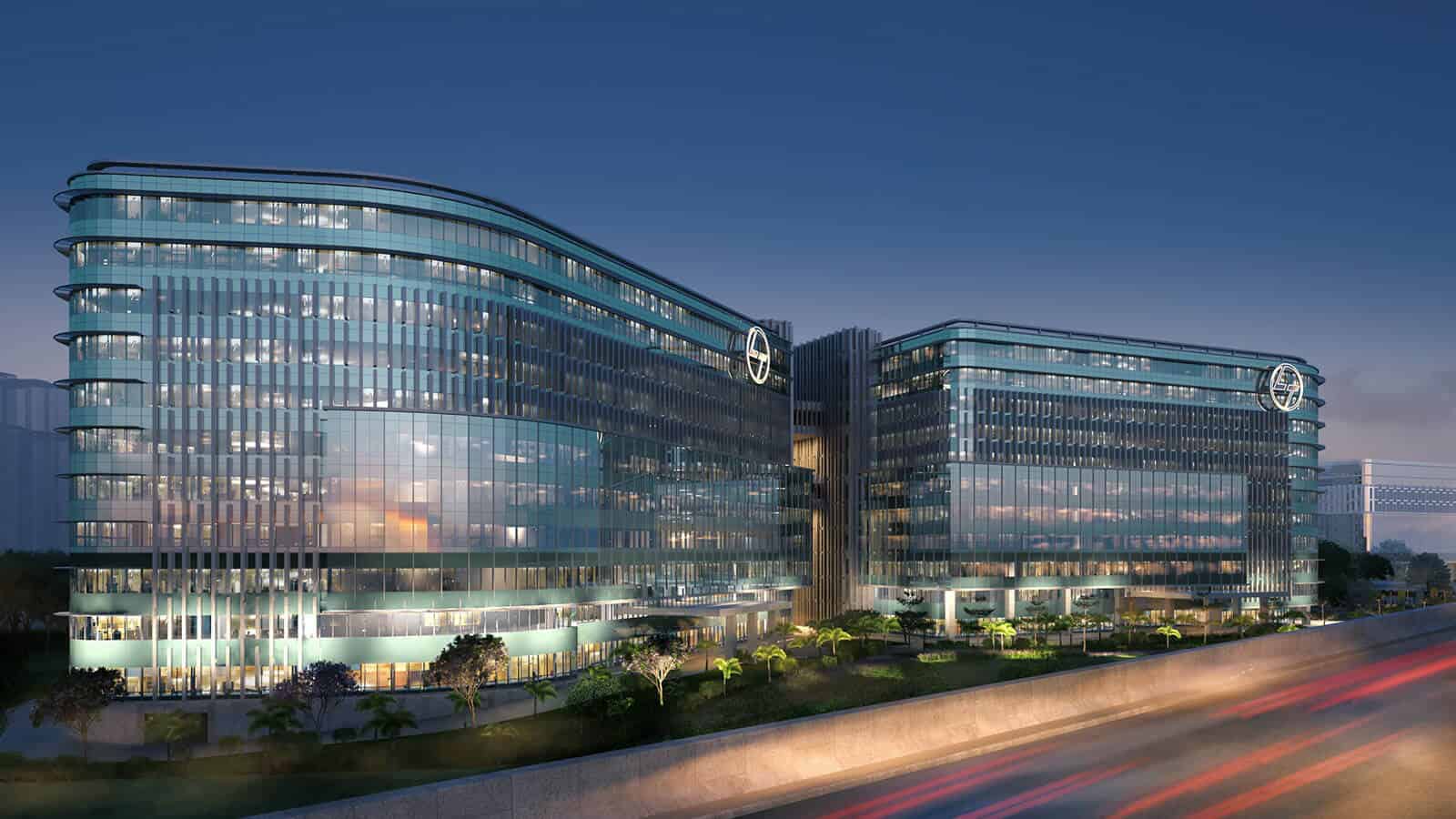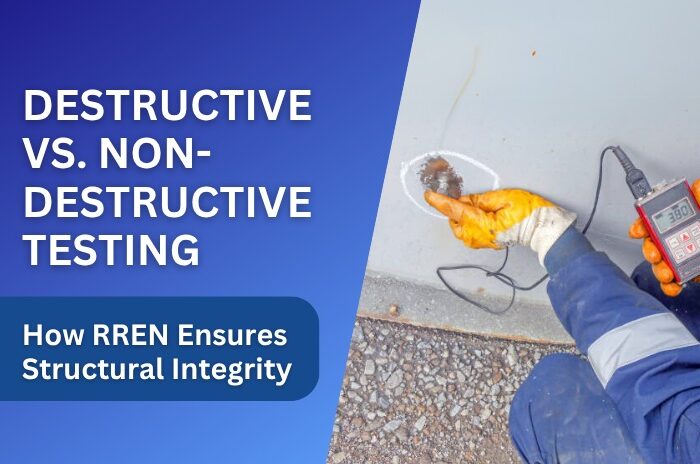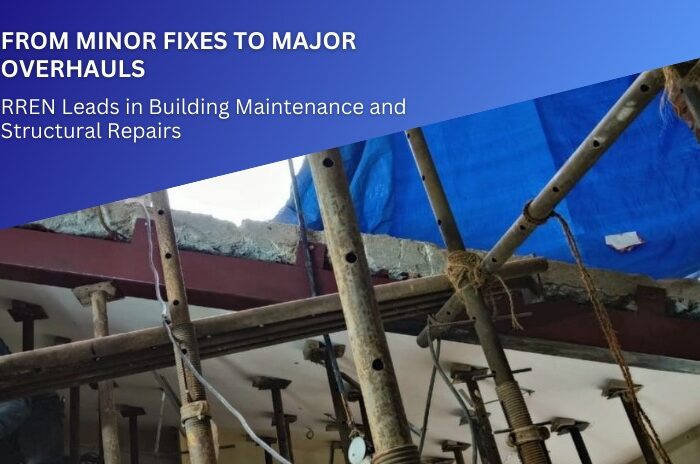Structural cracks refer to fissures or fractures that occur in the components of a building or structure, such as walls, floors, ceilings, or foundations. These cracks can be indicative of underlying issues related to the stability, integrity, or safety of the structure. Structural cracks can vary in size, shape, placement and severity, and they can be caused by various factors, including settlement, shrinkage, thermal expansion and contraction, excessive loads, poor construction practices, environmental conditions, and foundation issues.
Types of Structural Cracks:
Plastic shrinkage concrete cracks (Can be Structural or Non-structural Cracks)
Shrinkage at plastic limit causes major spread cracks.. These cracks have certain origin and spread pattern with start point as origin.
Expansion concrete cracks (Can be Structural or Non-structural Cracks)
Construction materials expand when heated and contract when cooled, with the extent of this expansion and contraction determined by their properties. Thermal fluctuations cause concrete to expand, pushing against walls or adjacent slabs. If these structures lack flexibility, they may crack under the pressure of expansion. Dust and dirt often fill these cracks, preventing them from closing when temperatures decrease.
Heaving concrete cracks (Non- structural cracks)
The presence of vegetation can lead to wall cracking, as the roots can spread upward to the foundation, lifting the concrete and causing cracks. The foundation may settle if the soil beneath it is shrinkable clay due to the roots’ tendency to dry up and develop there.
Cracks caused by foundation settlement (Structural cracks)
Shear cracks can occur due to significant differential settlement in the foundation caused by variations in soil and loading conditions. Structures built on expansive soils are more susceptible to cracking due to their tendency to swell and shrink with changes in moisture content. Diagonal cracks often form due to foundation movement at building corners. Buildings on loose soil may experience uneven settlement when excess water flows into the foundation during heavy rains or floods.
Concrete cracks caused by slab overloading (Structural cracks)
Overloading of concrete slabs, particularly in factory or industrial settings where heavy materials, machinery, and vehicles are frequently placed, can lead to common cracks. The excessive load exerts pressure on the slab, causing tension in the concrete surface. Insufficient reinforcement may result in the development of concrete cracks.
Concrete cracks caused by premature drying (Non- structural cracks)
The main cause of crusting and crazing cracks in concrete is when the top of the slab dries out more quickly than the bottom. Crazing cracks are tiny surface fissures that resemble broken glass and spider webs, whereas crusting cracks are caused by embedded stamps that pull the surface apart in the vicinity of the stamped joints.
Causes of Structural Cracks:
● Poor Construction Practices: Inadequate site preparation, substandard materials, and improper construction techniques can all contribute to structural cracks.
● Environmental Factors: Changes in temperature, moisture levels, and soil conditions can exert stress on the structure, leading to cracks over time.
● Foundation Issues: Uneven settling of the foundation, soil erosion, or poor drainage can all cause structural cracks to form.
● Structural Overload: Excessive loads or structural modifications can overstress certain areas of the building, leading to cracks.
Solutions for Structural Cracks:
● Foundation Repair: Addressing underlying foundation issues through methods like underpinning, slab jacking, or installing piles can stabilize the structure and prevent further cracking.
● Waterproofing: Proper waterproofing measures, including drainage systems and sealants, can protect the structure from moisture-related damage and prevent cracks.
● Structural Reinforcement: Strengthening weak areas of the structure with materials like steel beams or carbon fiber reinforcement can help distribute loads more evenly and prevent flexural cracks.
● Crack Repair: Depending on the type and severity of the crack, repair methods such as epoxy injection, sealing, or patching may be used to restore the integrity of the structure.




